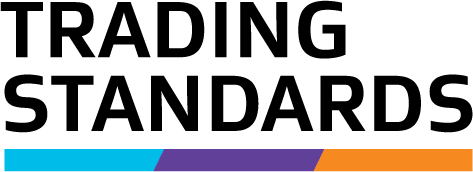How automotive fuel is monitored in New Zealand
Under the national fuel quality monitoring scheme, Trading Standards tests petrol and diesel samples to ensure oil companies are complying with the regulations.
Background to the scheme
The Engine Fuel Specifications Regulations specify the quality of fuel to be supplied to customers in New Zealand, and provide mechanisms for its enforcement. Under this authority, we monitor fuel quality and respond to complaints and/or enquiries from consumers and stakeholders.
Supply quality monitoring
Trading Standards Officers collect samples of fuel from outlets and have them tested for key properties specified in the Engine Fuel Specifications Regulations.
A statistically-based plan is used to create the sample collection. The analysis is based on the assumption that the true proportion of the non-conforming results can be taken as constant across terminals and brands. The plan is designed so that it takes into account estimations of the non-conformance proportion in the previous sets of data, from the number of actual non-conforming samples.
More than 400 samples per annum (one sample of each fuel) are usually available for the estimation. Further samples are collected:
- to allow for niche fuels and minor market-players, such as bio-diesel producers, and
- where information provided indicates there may be non-compliance.
Why we sample at the outlet
The regulations specify the quality of fuel to be supplied to customers. The simplest way of doing this is to sample at the final point in the chain where custody is transferred to the consumer — which is at a nozzle at petrol stations. It also takes into account anything that might have happened since product left the refinery or terminal, such as blending of 2 different grades of fuel.
If a fuel sample fails the test
Most fuel samples that are tested meet New Zealand's quality regulations. The few that don't generally fall outside the specifications by only a small amount.
When this happens, the oil company that supplied the fuel has to:
- investigate why it happened, to prevent it from happening again, and
- take appropriate action — depending on the circumstances — such as removing the fuel from sale.
These findings and resulting actions are then communicated to Trading Standards for appraisal.
Samples usually fail because the fuel has been contaminated somewhere along the distribution chain. For example, some diesel may have mistakenly been put into a service station's petrol tank.
How the scheme is funded
Motorists fund the fuel quality monitoring scheme through the petroleum fuels monitoring levy. A small percentage of the levy is used to fund the scheme.
Complaints about fuel quality
If you think there's a problem with your fuel, contact the service station or oil company that sold it to you. You can also lay a complaint with Trading Standards, who will follow it up with the oil company concerned.
See Making a complaint or enquiry for more information.
